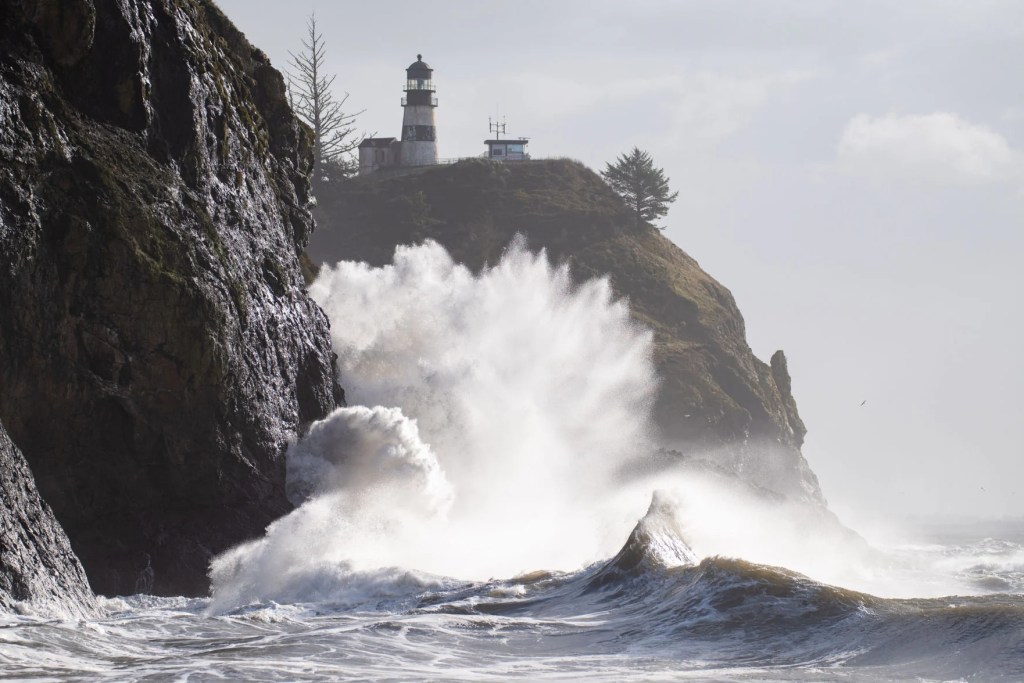Area Guide
Know the tides before setting out
Published 2:40 pm Monday, March 17, 2025

- Waves crash underneath Cape Disappointment Lighthouse. (Hailey Hoffman/The Astorian) Waves crash into Cape Disappointment during the King Tides on Saturday.
Tides have a dramatic effect on the beaches, rivers, estuaries and deltas of the Oregon and Washington coasts, as well as their harbors, channels and bays.
Each day brings two high and two low tides, with about six hours in between each.
Low tides are ideal for many beach activities, including for exploring tide pools, clamming, building sandcastles, jogging and more — but be careful — at high tide, the beach narrows significantly, and rising water can narrow passageways.
But high tides can also be ideal, say, for boating or paddling. Higher waters provide deeper channels, leaving less room to collide with submerged objects, sandbars and rocks. This is especially useful in mudflat areas like Willapa Bay.
The king tides, which occur in cycles over the winter months, are the year’s highest tides. These bring out storm watchers and photographers to locations like Cape Disappointment State Park to watch for powerful waves, but they can also spell danger when it comes to flooding.
The Oregon King Tides Project documents these tides each year and invites locals and visitors to share their views to contribute to coastline research.
Be sure to pick up a tide table or download a tide chart before exploring the beaches or waterways. Keep an eye on the water level, and remember, never turn your back on the ocean.





